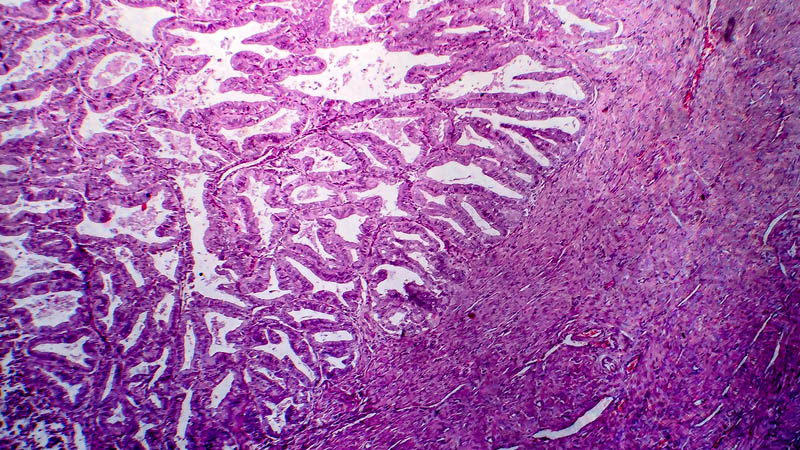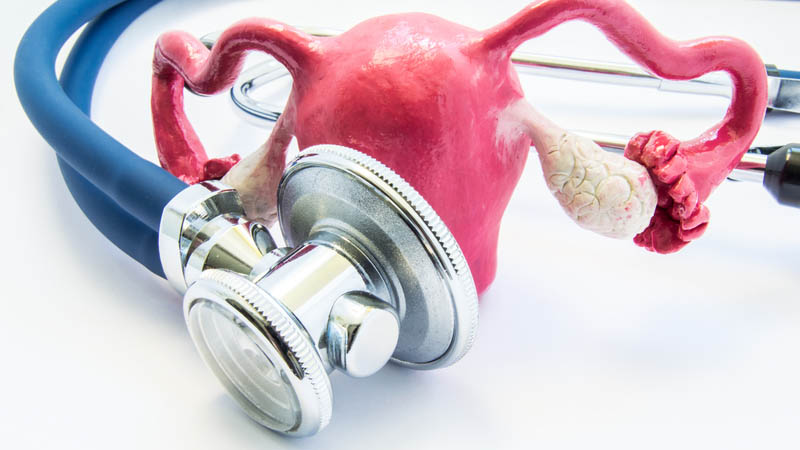Role of ghrelin and obestatin in metabolic processes and in neoplastic conditions in humans
Karolina Jaszczyńska-Nowinka1, Anna Markowska2
 Affiliacja i adres do korespondencji
Affiliacja i adres do korespondencjiBoth ghrelin and obestatin are peptides derived from the same precursor – preprohormone – encoded on the 3rd chromosome (3p25-26). Both hormones are secreted to the bloodstream. Ghrelin has 28-amino acids with serine at position 3. It is an endogenous ligand of growth hormone receptor (GHS), which has been discovered in hypophysis and hypothalamus. Ghrelin may occur in active and inactive forms. In order to achieve biological activity, ghrelin must contain a N-octa-acetyl group of serine. Total ghrelin is a sum of active and inactive forms. Ghrelin and its receptors GHS-R1a and 1b (growth hormone secretagogue) are widespread in the body, being present mainly in the gastrointestinal tract, central nervous system, reproductive system, heart and kidneys. Obestatin is a recently discovered 23-amino acids long peptide, produced as a result of proteolytic splitting of the preprohormone ghrelin. Systemic distribution of ghrelin is less well known. Both ghrelin and obestatin play a role in energy management (control appetite, body mass, metabolism of fat and glucose, gastrointestinal function), influence cardiovascular, reproductive and immune systems and participate in modulation of central nervous system function. Ghrelin and obestatin regulate processes of cellular proliferation and apoptosis. Variations of ghrelin and obestatin levels, as well as expression of GHS-R in hypophyseal and neuroendocrine tumors, uterine myomas and both benign and malignant ovarian tumors, confirm their role in tumor development and are a promising topic for future studies in oncology.









